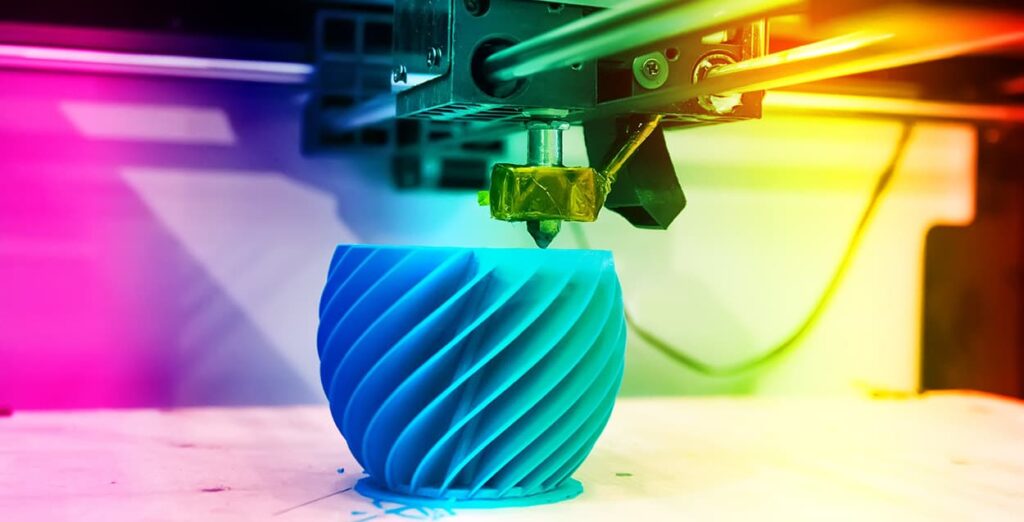Over the years, the metal platform has evolved from a vat of liquid resins— like a waxy creature budding from a lagoon. 3D printing is the fastest evolving type of manufacturing engineering service; once regarded useful only for making small, low-quality engineering projects. Not only this technology has grown by leaps and bounds by making manufacturing engineering services faster and cost-efficient, but experts are unveiling ground-breaking ways to print and develop stronger prototypes or tools. And one can even amalgamate different materials in the same product. Pioneering segments especially aviation and aerospace manufacturers, footwear manufacturers, and medical-device companies are at the forefront to reap benefits.
From Trinkets to Products
3D printing is vernacularly known as ‘additive manufacturing because it eliminates the subtraction or chopping of slack out of a larger block. It instead involves developing objects from the bottom up. Thereby, it results in less waste and allowing engineers to deliver custom designs, such as intricate lattice parts, which are otherwise not possible to create. Affordable hobbyist 3D printing machine prints by extruding thin plastic filaments from internally heated nozzles, carving up a composition layer by layer. But the technology now encompasses an extensive range of methods.
Going big
At present, chemists are working on sharp-witted methods to 3D-print intricate resins; however, scientists are constantly surpassing the boundaries by making the entire process automated. Relativity Space, A Los Angeles-based start-up is developing a nearly full-stack 3D-printed rocket. The rocket is believed to carry 1,250 kgs into low Earth orbit and is set to be launched by 2021.
Aviation firms including Boeing, Pratt & Whitney, and Rolls Royce are reaping the lucrative benefits of 3D printing to develop metal parts, especially for jet engines. It is more affordable than the intricate components and milling metal blocks often weigh less as compared to conventionally made counterparts.
Change over time
Segment experts say that there can be ‘4D printing in the near future; an upgraded 3D-printed object that holds the potency to initiate some mechanical action, similar to artificial muscles. 4D-printed devices will hold the potential to trigger the action with a varying external magnetic field. Engineering manufacturing experts of the US use 3D-printed lattice structures that are imbued with a liquid that holds the power to change the stiffness in regards to a magnetic field10 which could help car seats stiffen in situations.
 +91-120-4736400
+91-120-4736400 info@sphinxworldbiz.com
info@sphinxworldbiz.com

















